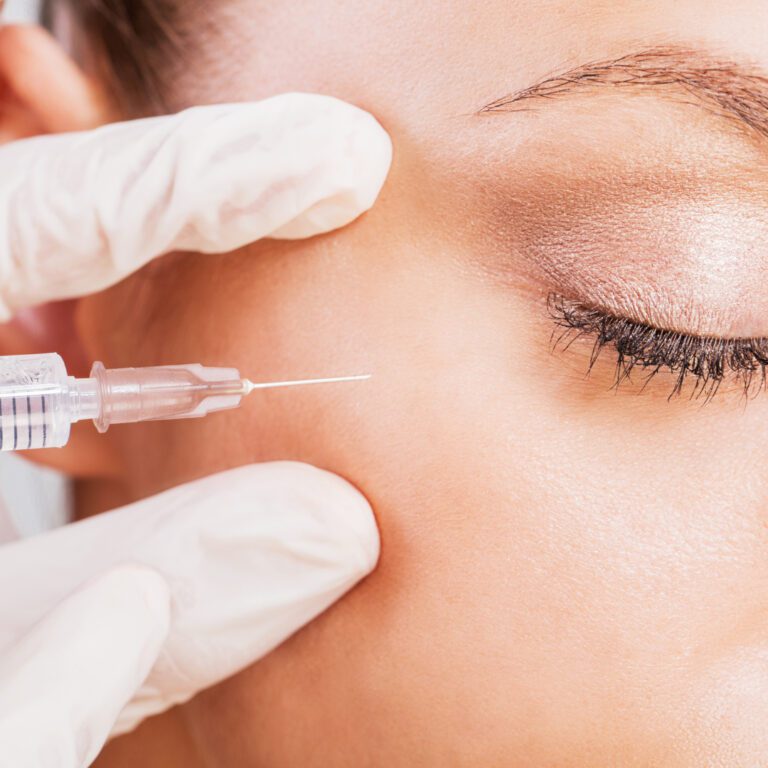With so many cosmetic treatments on the market, it can be hard to decide which one is right for you. Some want the permanent results that a surgical facelift offers, while others are content to pamper themselves with our Signature Facial that will help them both look and feel great. Some treatments, however, provide similar results but have some big differences.
Two such treatments are laser resurfacing and chemical peels. They both help the surface of the skin look healthier and younger, but laser resurfacing can do much more. If you’re interested in revitalizing your facial skin at Jefferson Facial Plastics, here are some things to remember when trying to decide between these two cosmetic procedures.
Chemical Peel
A chemical peel is a spa treatment that uses different skin products to exfoliate the top layer of skin, revealing the new skin underneath. Chemical peels also help to unclog your skin pores and even stimulate new collagen production (an essential building block that keeps the skin firm).
One of the big benefits of a chemical peel is there is virtually no downtime. The only restriction is to stay out of the sun as much as possible for the first few days after your treatment. Our aesthetician will give you aftercare instructions. Further, chemical peels are pain-free. Most patients only experience a tingling sensation. At the end of your treatment, your skin will feel very refreshed.
Laser Resurfacing
While a chemical peel does most of its work on the skin’s surface. Laser resurfacing, on the other, goes a little deeper and can accomplish much more. For example, laser resurfacing can help treat wrinkles, sun damage, acne scars, poor texture and so forth. For those who need something a little stronger than a chemical peel, laser resurfacing is another treatment to consider.
Laser resurfacing is also a procedure that works over the long term. Some patients might not see the full benefits for up to six months after their initial treatment. But considering that laser resurfacing can accomplish a lot with a single treatment, this is a trade-off many patients are willing to make.
There is some mild discomfort associated with laser resurfacing, but an anesthetic ointment is applied to the area being treated beforehand to minimize any discomfort. Downtime is roughly 5 days after the treatment with swelling and redness going down within about 24-hours.
Which Treatment Is Right For You?
Call Jefferson Facial Plastics in Philadelphia today for an initial consultation. We can help you decide the proper treatment for your skin that will give you the best results.




